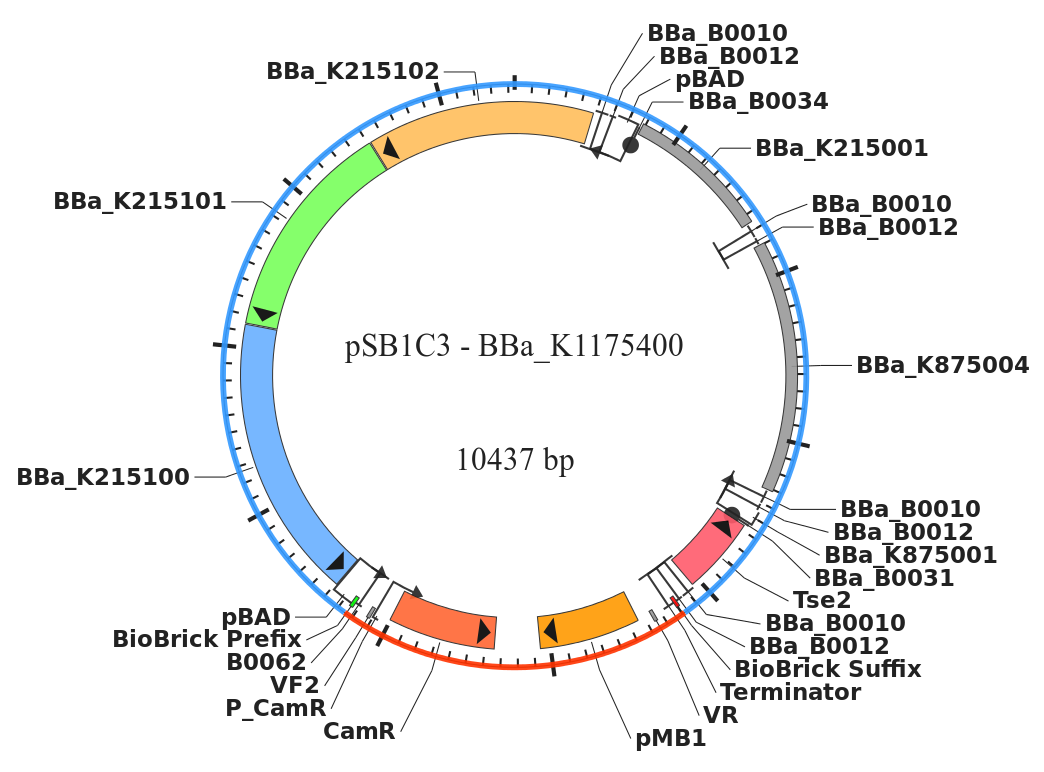From 2013.igem.org

Our Project
Dr. Farley on Indigenous Peoples
How will our project affect the sustainability and cultures of indigenous peoples?
Dr. Ned Farley: Sustainability is kind of the new topic, and when I say new it’s about ten years old but, it’s new for academics. It’s a new topic of discussion because anthropologists always look at the past more than the future, but what we have realized is that we cannot ignore one for the other. The past, the present, the future, they are all intertwined into culture, and how people use their culture, how they carry it, how they experience it. And so that, kind of in a fast nutshell there, really was a cause in sparking my interest in your proposal and the potential outcomes for that because, and I’ve even brought this up in my anthropology class, the idea of being able to increase rates of sustainability with little to no overhead or capital investment is exactly what humans have looked for since they started writing things down on paper. When we take a look at, for instance, domestication, the domestication of maize [eventually corn] allows people to live in urban environments in the southwest. It is a means of survival; it allows them to grow into large numbers and to flourish….. And so when you came to me yesterday, I think your concern was really great because even though it is not a direct laboratory concern, and that is really where your energies have been spent. You will transform the culture no matter what you do, no matter how hard you try not to, you are always going to affect it. What is awesome about your study is that they could create enough surplus where they could feed themselves. So, now it becomes indigenous again where I live off my herd, and sell it for cash. Right? And that’s powerful. If you can do that without disturbing the balance between biology and culture. You win, hands down.

The Final Product
This combinatory part is a self contained secretion system that combines a secretion and purification tag, a tripartite pump that is specific to the sec tag, a antinorovirus particle like antibody, Tse2 toxin mediated horizontal gene transfer mechanism.
Tripartite SecI pump
These are the three essential parts prtD, prtE, prtF, that make up the Type I secretion system from Erwinia chrysanthemi.This part is made of 3 genes: prtD, prtE, and prtF, that constitute a type I Erwinia chrysanthemi secretion system. The Pump is expressed from a strong constitutive promoter, BBa_k206000, and has the translational terminator BBa_B0014. In pSB1C3. Used to secrete proteins containing prtB C-terminal tag. The prtB C-terminal tag is built into the protein generator [BBa_K1175012]. Any protein of interest can be inserted into the protein generator and then secreted when used in conjunction with this secretion system.
Secretion and purification tag
This part BBa_K1175012 A composite part formed between BBa_K206000 strong pBAD promoter, BBa_B0034 strong RBS, and BBa_K215001 a purification and secretion tag; a secretion system designed by Washington iGEM team 2009 BBa_K215001. This tag can be used to secrete proteins of interest by inserting them into a specific NheI cut site flanked by C terminus His tag and an N terminus Secretion tag. Both tags can be removed by a TEV protease. The secretion tag is also specific to the tripartite pump.
Antinorovirus like particle antibody
This construct BBa_K875004 is designed for the expression of an already described engineered antinorovirus (NoV) monoclonal antibody (mAb 54.6) in fusion with LPP-OmpA. The antibody is expressed in a single chain fragment variable (scFv) format containing light (VL) and heavy (VH) variable domains separeted by a flexible peptide linker. It has already been reported that the scFv 54.6 binds a native recombinant NoV particles (VLPs) and inhibits VLP interaction with cells. LPP-OmpA functions as a leader sequence and an anchor to display the scFv ot the bacterial surface.The construct consistes of T5 Lac Operator (Bba_K875002), ribosomal binding site, LPP-OmpA-scFv 54.6 antinorovirus, Histidine tag (6HIS), Terminator (B0015).
T5cumate repressed Tse2 mediated, antihorizontal transfer mechanism
This construct BBa_K1175003 is a modification of the part designed by iGEM2012 Team Trieste it has a T5cumate inducible promoter suppressed by the CymR gene integrated genome into the chassis E.coli Nissle 1917. This part will not be suppressed by CymR in the bacterial cells that have taken up the plasmid.


 "
"
